Resin art has become one of the most exciting creative trends in recent years. It combines science and creativity to produce glossy, colorful, and long-lasting pieces that can decorate any space.
Whether you’ve seen shiny resin tables, ocean-style wall art, or handmade jewelry, you’ve probably wondered how it’s made.
Keep reading to discover what resin art really is, how it works, and how you can start creating your own beautiful pieces today.
What Is Resin Art? Understanding the Basics
Resin art is a form of creative expression that uses liquid resin mixed with a hardener to create a glossy, glass-like surface.
When combined, these two ingredients undergo a chemical reaction that transforms the liquid into a solid, durable finish. Artists often add pigments, dyes, or glitters to create stunning effects and designs.
Resin can be used for paintings, jewelry, coasters, home décor, and even furniture. Its versatility and high-gloss finish make it a favorite among DIY lovers and professional artists alike.
Different Types of Resin Used in Art
There are several kinds of resin, and each type has its own purpose and advantages. Choosing the right one depends on what you want to create.
- Epoxy Resin: Great for beginners because it’s easy to work with and has a long working time.
- Polyester Resin: Dries quickly but has a strong smell, so it’s better for experienced users.
- UV Resin: Cures fast under UV light, perfect for small projects like jewelry.
📌 If you’re curious about how each type works, check out “Types of Resin: A Complete Guide to Choosing the Right One” to discover which resin fits your project best. It’s a helpful read for anyone learning what resin art is and how different materials affect your final results.
Tools and Materials You’ll Need for Resin Art

To start making resin art, you’ll need a few essential supplies. Having the right tools helps you create safely and achieve better results.
- Resin and hardener
- Mixing cups and stir sticks
- Measuring scale
- Gloves, apron, and safety mask
- Heat gun or torch to remove bubbles
- Pigments, mica powders, or glitters for color
- Silicone molds or a flat surface for pouring
Setting up a clean, well-ventilated workspace is also important. Resin can release fumes while curing, so good airflow keeps you safe.
Resin Crafts Supplies You Can Shop
How to Make Resin Art for Beginners
Creating resin art is easier than it looks once you understand the steps. Here’s a simple process to help you get started:
- Prepare your workspace. Cover your table with plastic or wax paper to protect it.
- Measure and mix. Combine resin and hardener according to the instructions. Stir slowly to avoid bubbles.
- Add color. Mix in pigments, dyes, or glitters to create your desired look.
- Pour your resin. Spread it evenly over your surface or into a mold.
- Remove bubbles. Use a torch or heat gun to pop any air bubbles.
- Let it cure. Allow the resin to harden for the recommended time before touching it.
📌 Want to learn more about the basics of handling epoxy resin safely and effectively? Don’t forget to read “Epoxy Resin for Beginners: Step-by-Step Tips and Tricks” to get a deeper understanding of how to make your first resin project a success.
Popular Resin Art Styles and Ideas

Once you know what resin art is, you’ll find endless ways to use it creatively. Artists love experimenting with different techniques to bring their ideas to life.
- Resin Coating: Adds a glossy finish to paintings, wood, or photos.
- Resin Casting: Involves pouring resin into molds to create jewelry, coasters, or keychains.
- Resin Pouring: Used to make abstract designs and ocean wave effects.
- Functional Resin Art: Combines beauty and utility in tables, trays, and clocks.
📌 If you’re looking for inspiration, browse “Cool Resin Art: Creative Projects That Will Inspire You” to see how artists around the world are pushing the limits of resin creativity. It’s a great way to spark ideas for your next project.
Tips for Coloring and Painting in Resin Art
Adding color to resin is one of the most exciting parts of the process. You can use pigments, alcohol inks, or mica powders to achieve different effects. Mixing colors carefully helps you create depth and movement in your artwork.
Some artists even paint directly on cured resin layers to add details or highlights.
📌 If you’d like to explore this technique, check out “Resin Paint: How to Add Color and Life to Your Resin Creations” to learn fun and easy ways to enhance your resin art with color.
Creative Resin Gift Ideas for Every Occasion
Resin art isn’t just for decoration; it can also make wonderful handmade gifts. From custom jewelry to personalized coasters, there are many ways to turn your resin art into meaningful presents.
Here are a few popular gift ideas:
- Resin keychains with initials or charms
- Photo coasters sealed in resin
- Jewelry pieces with dried flowers
- Decorative trays or bookmarks
📌 For more inspiration, don’t forget to browse “Resin Gift Ideas: Unique Handmade Presents Everyone Will Love” to discover creative ways to turn your resin art into thoughtful gifts.
Common Challenges and How to Avoid Them in Resin Art

Even though resin art is fun, it does come with a few challenges. Beginners often face issues like bubbles, uneven surfaces, or sticky finishes. The good news is that most problems can be fixed with a little practice.
- Bubbles: Stir slowly and use a heat gun to remove them.
- Sticky resin: Make sure to measure accurately and mix thoroughly.
- Dust or hair: Cover your project while it cures to keep it clean.
Patience and practice are the keys to mastering resin art. Every project teaches you something new.
How to Care for and Display Your Resin Art
Once your resin art is finished, caring for it properly helps it stay beautiful for years. Resin pieces are durable but can scratch or yellow over time if not handled carefully.
- Keep resin art out of direct sunlight.
- Clean with a soft cloth and mild soap.
- Avoid placing hot items directly on resin surfaces.
- Store jewelry pieces in a cool, dry place.
Displaying your resin art in well-lit areas enhances its shine and color depth.
Eco-Friendly and Safe Resin Art Practices
As resin art grows in popularity, more artists are choosing safer and eco-friendly options. Some resins are made with plant-based or low-VOC materials, which are better for you and the environment.
Always wear gloves, work in a ventilated area, and dispose of leftover resin responsibly. These small steps help protect both your health and the planet.
Conclusion
Resin art is a creative and rewarding hobby that lets you turn simple materials into stunning works of art. With a little patience and the right guidance, anyone can create beautiful resin pieces that last for years.
For more helpful guides and tips about resin crafting, visit Resiners. They also offer high-quality products like epoxy resin, UV resin, resin accessories, molders, and other tools perfect for every resin craft project.
FAQs About What Is Resin Art
Is resin art difficult?
Resin art can seem tricky at first, but with practice, it becomes easier. The key is to follow mixing instructions carefully and work patiently. Starting with small projects helps you learn how resin behaves.
Why is resin art so expensive?
Resin art can be costly because the materials, pigments, and safety gear add up. High-quality resins also tend to be more expensive due to their clarity and durability. However, beginners can start with budget-friendly kits to save money.
Can I paint directly on resin?
Yes, you can paint on cured resin using acrylic paints or markers. Once the paint dries, you can seal it with another thin resin layer to protect your design. This technique adds depth and detail to your artwork.
What is the 70/30 rule in art?
In resin art, the 70/30 rule refers to a design principle, not a mixing ratio. It means that 70% of your artwork should be the dominant color or element, while 30% should be the accent. This balance helps create more visually appealing artwork.
Can I put a picture in a resin mold?
Yes, you can embed photos in resin molds to create personalized keepsakes. Make sure the picture is sealed with a waterproof layer before pouring resin over it. This prevents the image from getting damaged during the curing process.

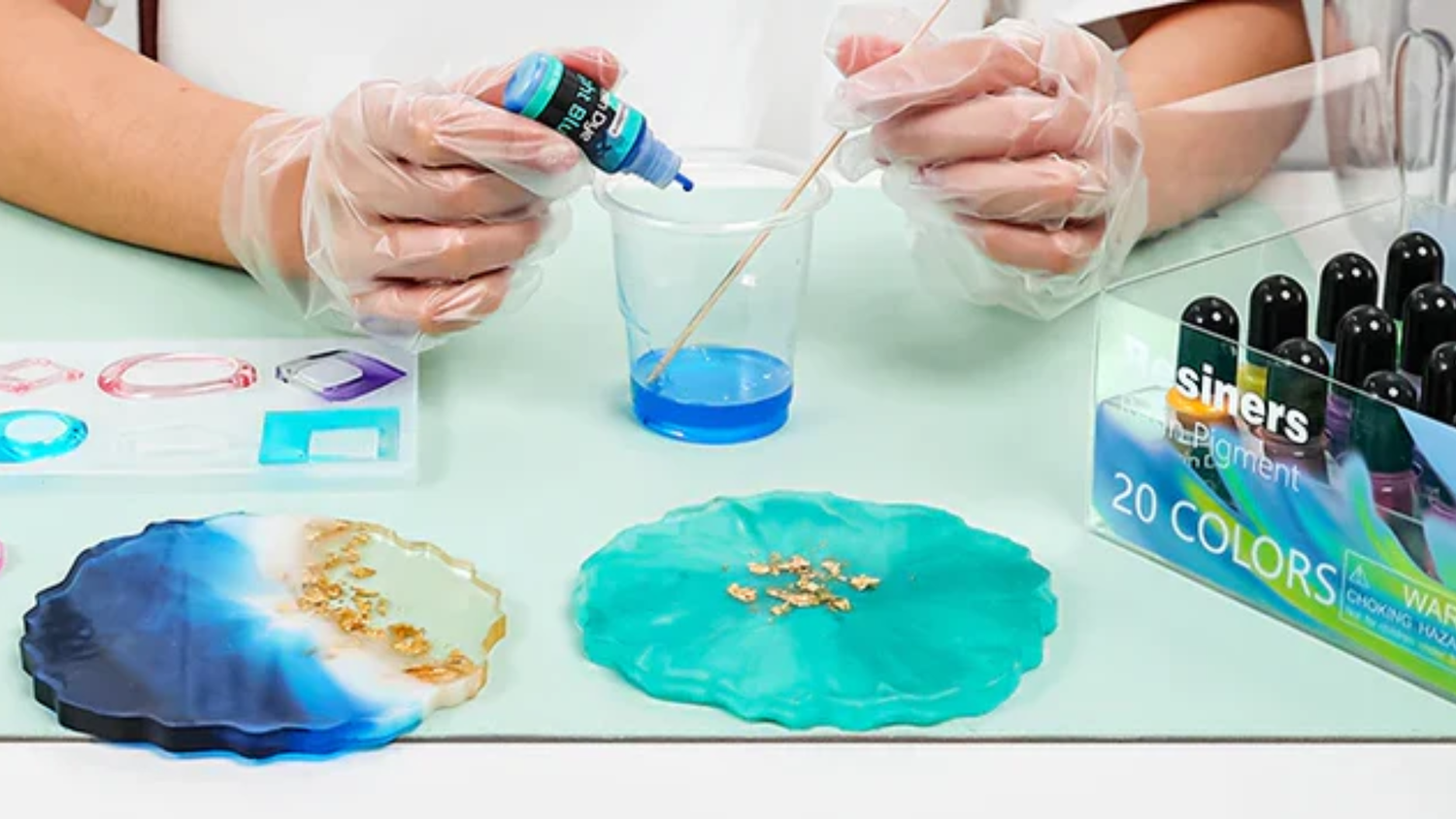





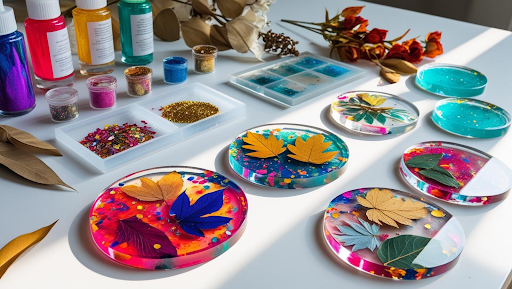
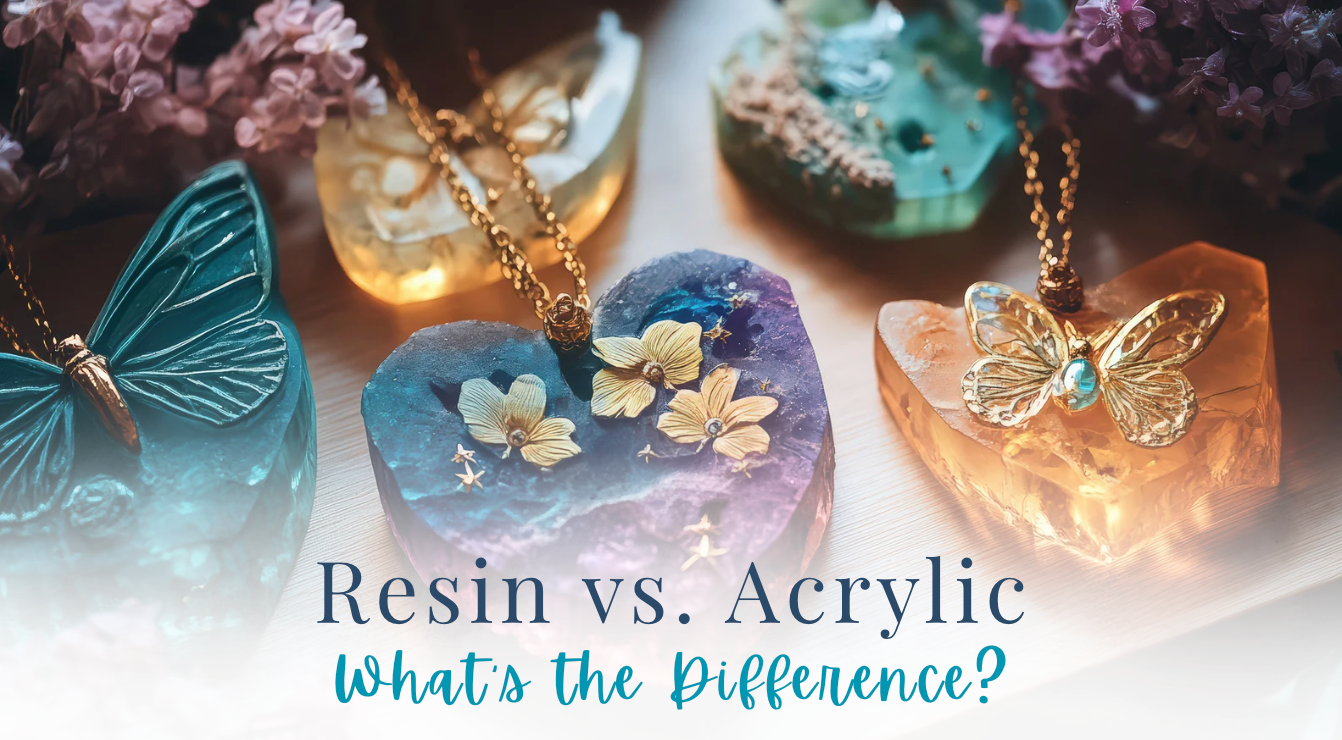

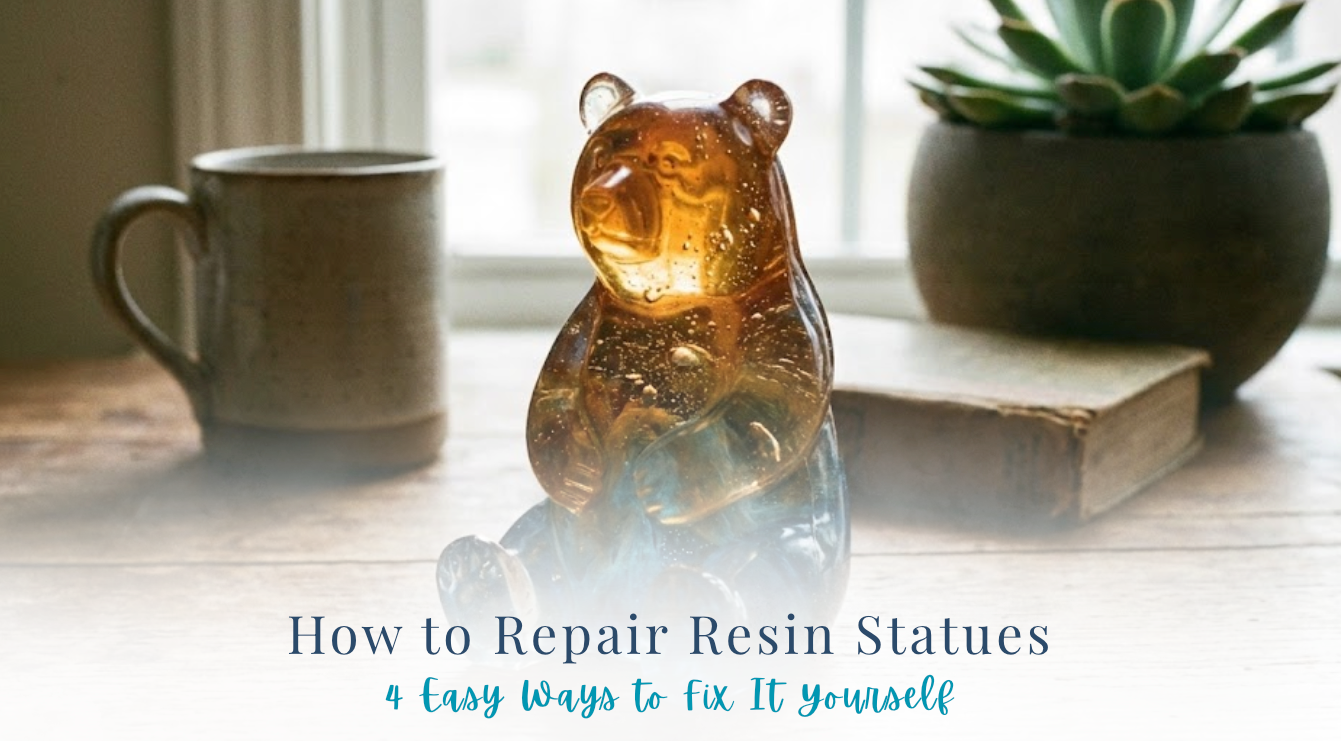
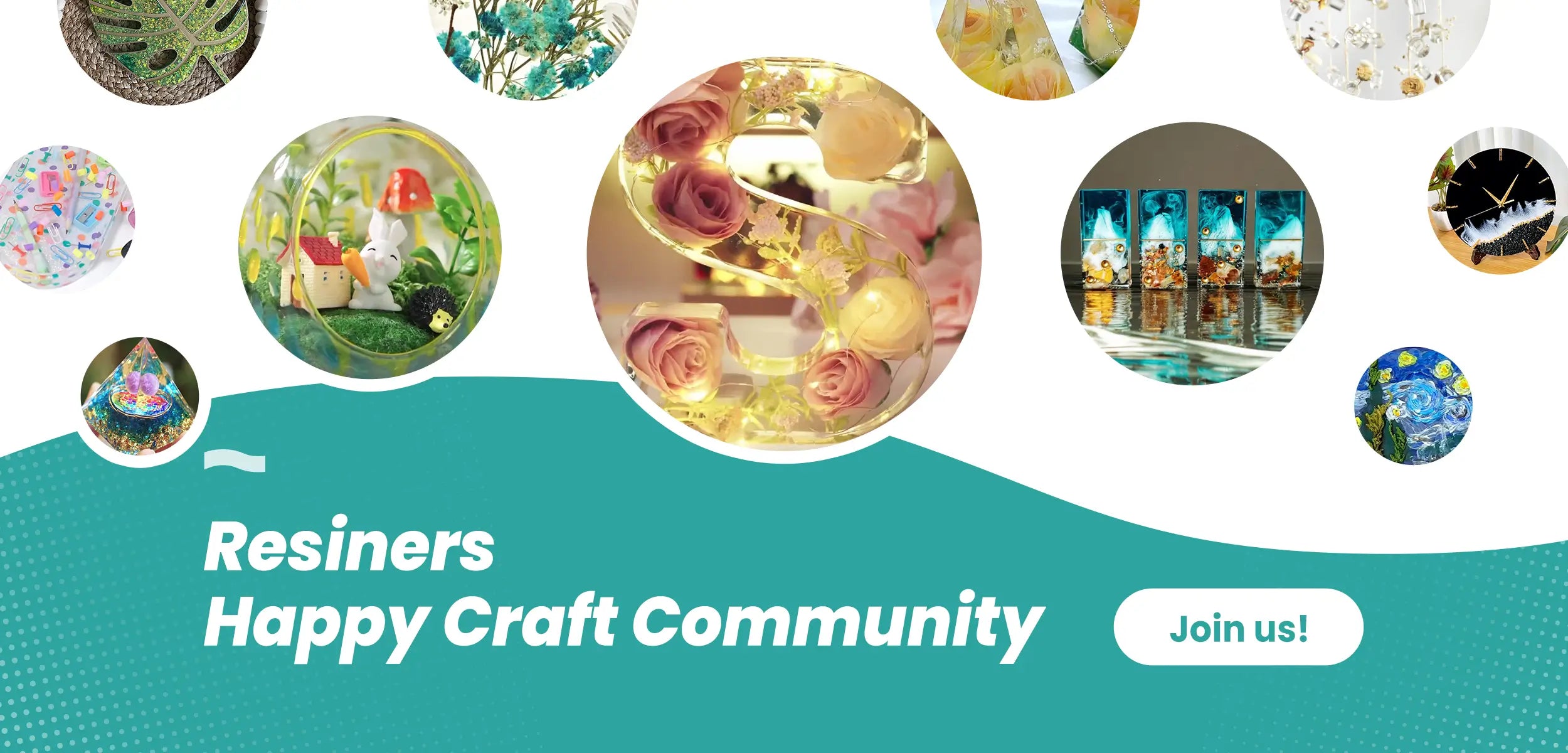
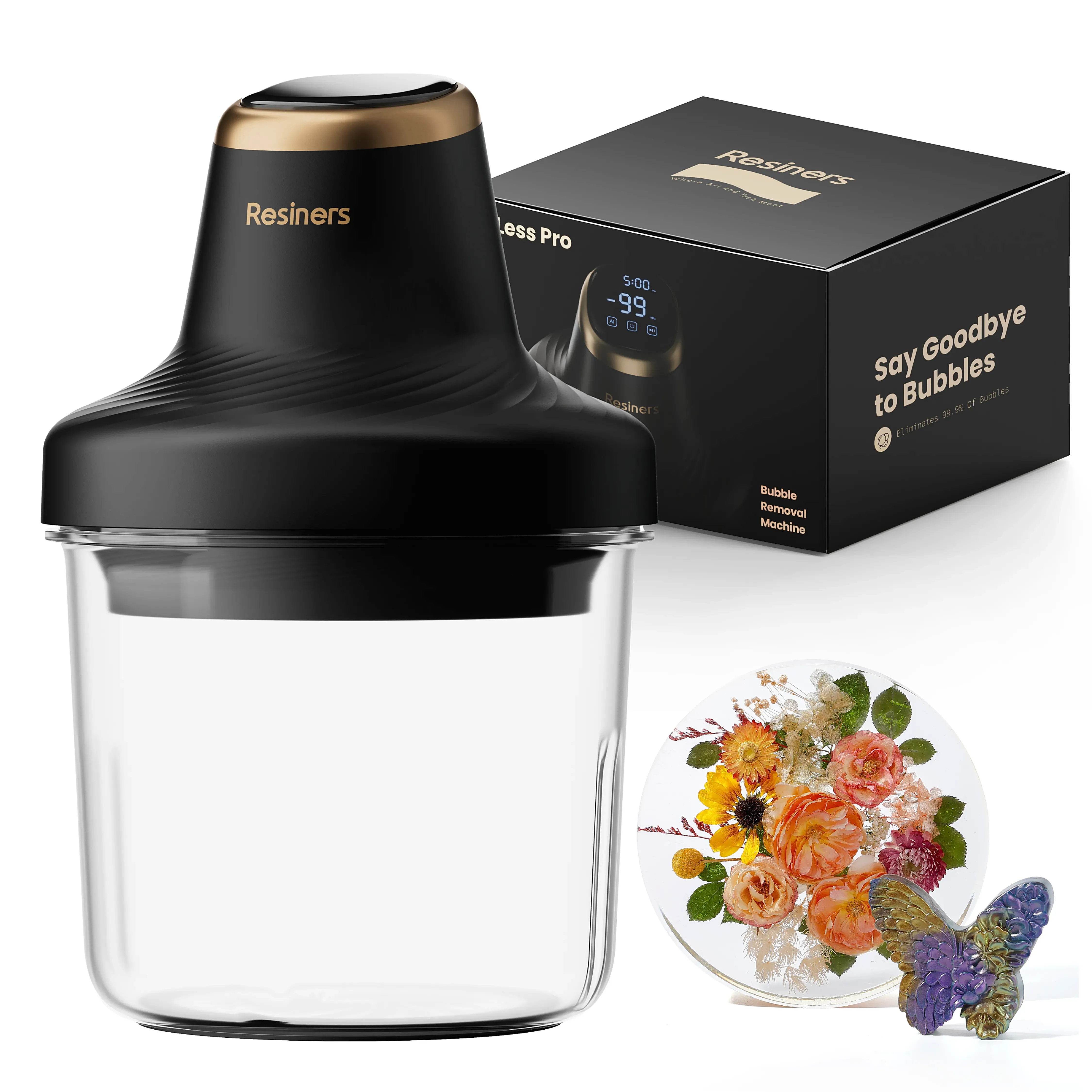

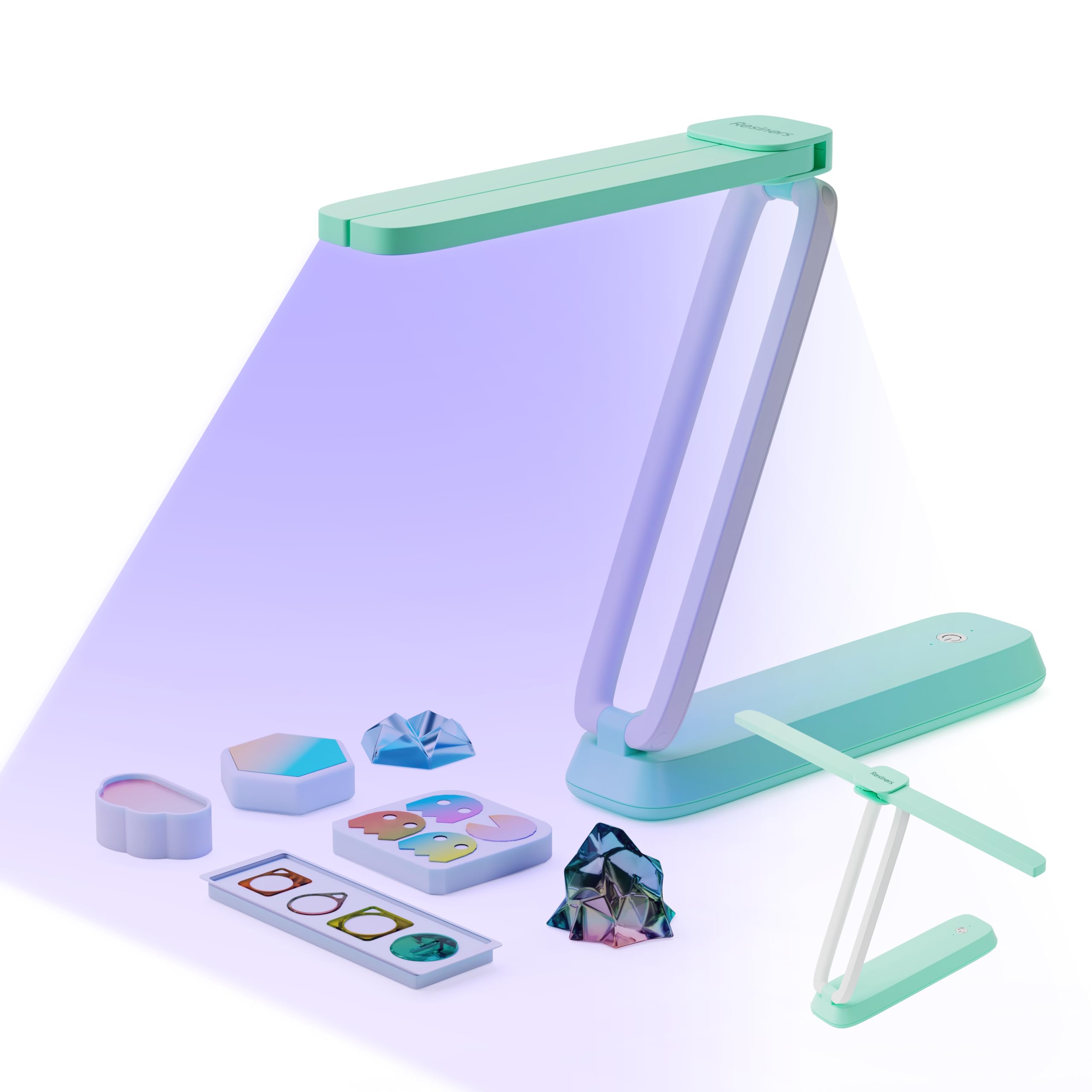

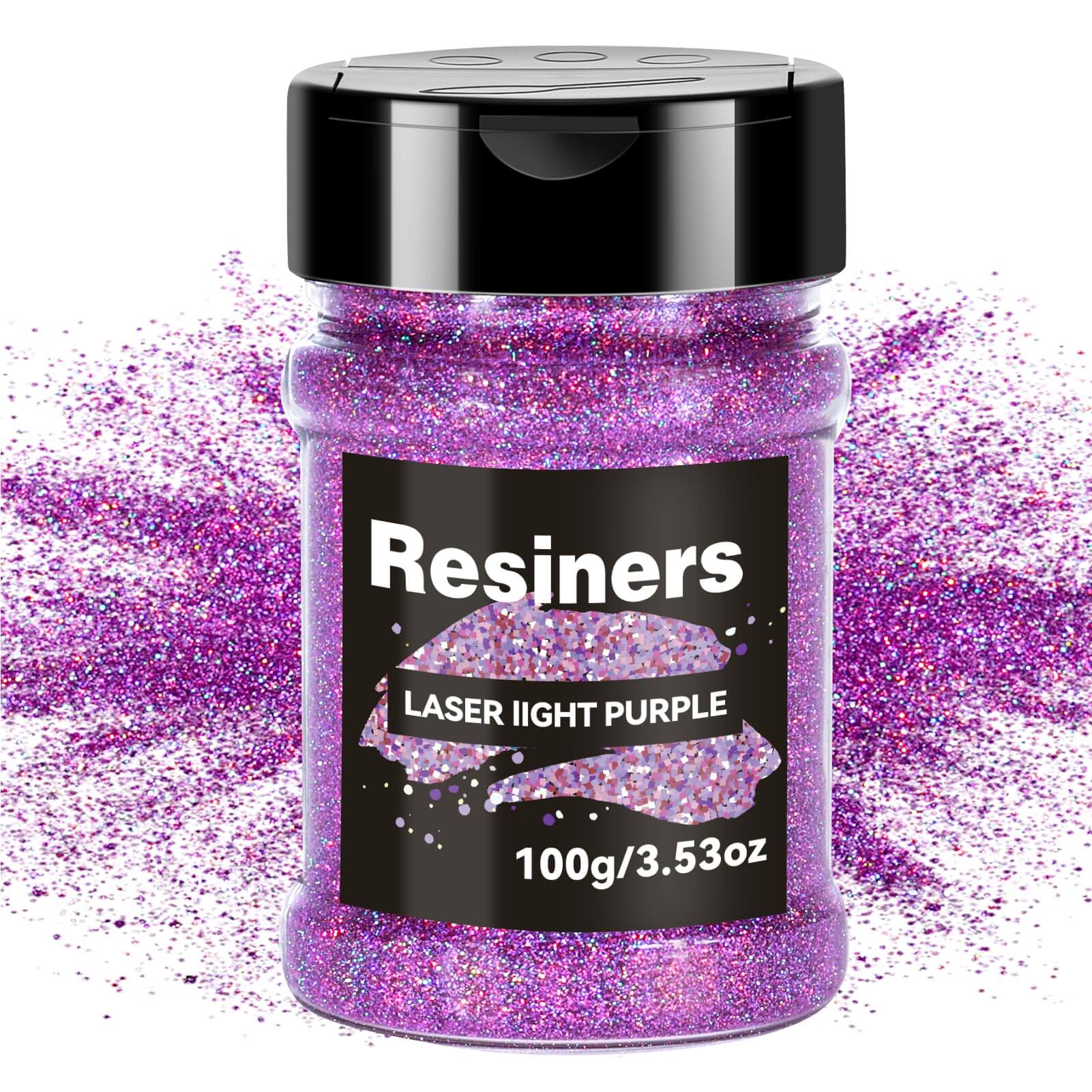
コメントを書く
このサイトはhCaptchaによって保護されており、hCaptchaプライバシーポリシーおよび利用規約が適用されます。